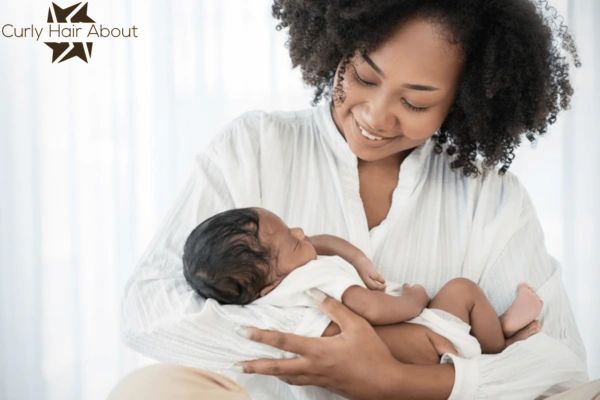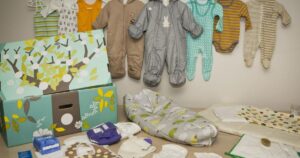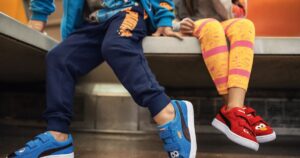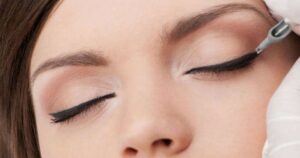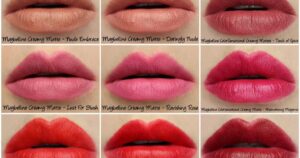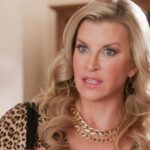Babies born with curly hair have naturally wavy or spiraled strands. This genetic trait influences the texture and appearance of their hair from an early age.
In a world where every strand tells a story, the mystery of newborns unfolds. Are Babies Born With Curly Hair? Discover the enchanting tangle of genetics that shapes the very essence of innocence. Embrace the curls, a poetic dance of genes and destiny.
Babies are not born with curly hair their hair texture is often determined by genetics. The type of hair a baby has can change over time, and many infants experience a temporary phase of soft, fine hair known as lanugo before their permanent hair texture develops.
How will I know if my baby will have curly hair?
Predicting whether your baby will have curly hair involves looking at the hair textures of both parents. If one or both parents have curly hair there’s a higher likelihood that your baby will inherit curly locks.
However, it’s not an exact science as various genetic factors contribute to hair texture. It’s a delightful surprise to see how your baby’s hair evolves and whether they inherit the curls from their parents.
Parental Hair Texture as a Predictor:
Exploring how the hair textures of both parents can provide insights into predicting the likelihood of a baby having curly hair.
Genetic Influence on Curly Locks:
Understanding the higher probability of inheriting curly hair when one or both parents possess this trait and the role of genetics in shaping a baby’s hair texture.
When Does Baby Hair Start to Curl?
Baby hair typically starts to curl around three to six months of age. During this time the soft fine hair that many babies are born with begins to be replaced by their permanent hair.
The curls may become more noticeable as the baby’s hair thickens and gains texture. Genetics play a significant role in determining the final pattern and texture of a child’s hair so variations in when and how curls develop can occur.
Onset of Natural Curliness:
Exploring the Transformation of Baby Hair Texture at Three to Six Months
Transition from Fine to Permanent Hair:
Understanding the Evolution of Soft, Newborn Hair into the Distinctive Texture of Infancy
Do All Babies End Up with Super Tight Curls?
Not all babies end up with super tight curls. Baby hair texture is influenced by a combination of genetics and other factors. Some babies may have straight or wavy hair initially and their hair can change as they grow.
It’s common for infants to go through various hair stages and the final texture may not be evident until later in childhood. Each baby’s hair is unique and can develop into different patterns over time.
Genetic Variability in Baby Hair Texture:
Exploring the diverse range of baby hair textures, beyond super tight curls, shaped by unique genetic combinations.
Dynamic Changes in Baby Hair:
Understanding how a baby’s hair can evolve from straight or wavy initially, highlighting the dynamic interplay of genetics and growth factors.
Does baby curly hair go away?
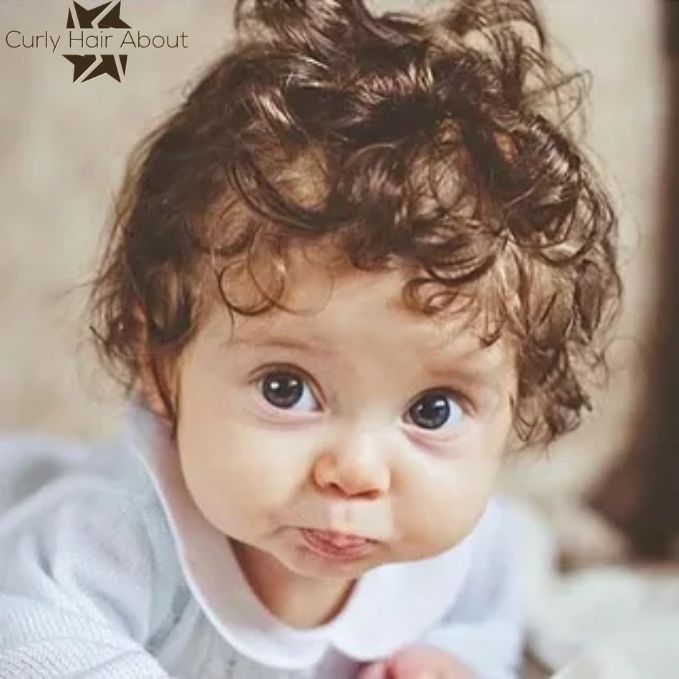
Certainly! Here’s the modified paragraph with the added sentence:
“Yes, baby curly hair often undergoes changes as the child grows. Many infants are born with fine and curly hair, like Oil Curly Hair, but it may straighten or develop a different texture over time. The transformation is influenced by genetic factors and hormonal changes.”
Parents might notice variations in their baby’s hair texture as they enter toddlerhood and beyond with the final hair type typically becoming more apparent in the early years of childhood.
Evolution of Baby Hair Texture:
Exploring the changes in infant hair from birth, where many have fine and curly hair, to the potential straightening or development of a different texture as the child grows.
Genetic and Hormonal Influences:
Understanding the role of genetic factors and hormonal changes in shaping the transformation of baby curly hair highlighting the intricate interplay that contributes to the evolving texture.
Genetic factors
Genetic factors play a crucial role in determining various traits and characteristics in living organisms. These factors are inherited from parents and are encoded in DNA the genetic material.
Traits such as eye color hair texture and susceptibility to certain diseases are influenced by the combination of genes passed down from one generation to the next.
Understanding genetic factors is essential in unraveling the complexities of heredity and contributes to advancements in fields like medicine and agriculture.
Softness
Babies are known for their incredible softness. Their delicate skin and fine silky hair contribute to a feeling of baby Softness that is irresistible to touch.
This unique softness is not only a result of their young age but also reflects the tender care and attention they receive.
Embracing a baby brings a sense of warmth and comfort making their softness a cherished aspect of the joy they bring into our lives.
Hair Density
Hair density refers to the number of hair follicles present on the scalp. It varies among individuals and factors like genetics age and health can influence it.
People with high hair density have more follicles, resulting in thicker-looking hair while those with lower density may have a finer appearance. Hair density can change over time and maintaining a healthy scalp and lifestyle can positively impact it.
Babies Born With Curly Hair? Hair Color
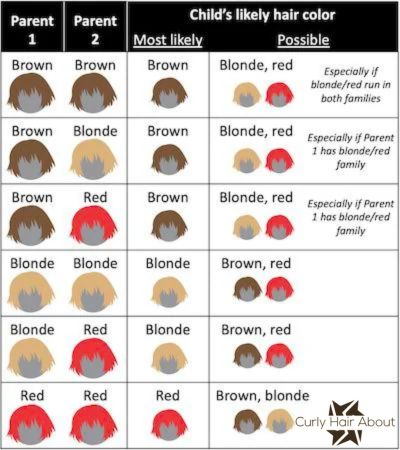
Babies are not born with a permanent hair color or texture. The initial hair color is often lighter and can change as the baby grows.
Similarly, the texture of a baby’s hair including whether it’s curly or straight, is influenced by genetics. Some babies may have curly hair from birth while others may develop it as they get older.
It’s common for a baby’s hair to undergo changes in color and texture during the early months and the final characteristics may only become apparent over time.
Baby hair type
Certainly! Here’s a simple table outlining different baby hair types:
| Hair Type | Description |
| Straight | Hair lies flat and does not form curls or waves. |
| Curly | Hair forms curls or spirals. |
| Wavy | Hair has a gentle wave pattern. |
| Fine | Hair strands are thin and delicate. |
| Thick | Hair strands are dense and have a substantial feel. |
| Sparse | Hair is thin, and there may be fewer strands. |
| Mixed | Combination of different textures in various areas. |
Baby hair growth
Baby hair growth is a natural and fascinating process. In the early months, many babies develop soft and fine hair called lanugo, which eventually falls out. As they grow, new hair with varying textures and colors starts to emerge.
Genetics play a significant role in determining a baby’s hair type whether it’s straight curly or wavy. Some infants may be born with a full head of hair while others might take more time for their locks to grow in.
Regular care such as gentle washing and moisturizing can help maintain a healthy scalp and promote optimal baby hair growth.
When Does Baby Hair Start to Curl?
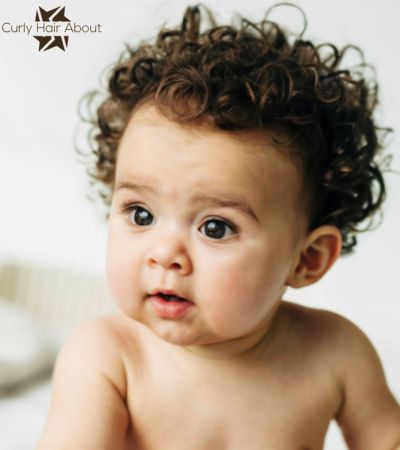
Babies’ hair usually starts to show its natural texture around six months to one year of age. Initially, many infants have fine and straight hair but as they grow, their hair may gradually become curly or take on its permanent texture.
The timing can vary among babies and genetics play a significant role in determining the eventual curliness or straightness of their hair. It’s a fascinating part of a baby’s development as their unique characteristics begin to emerge.
FAQ’s
Are black babies born with straight or curly hair?
Black babies can be born with either straight or curly hair as hair texture is influenced by genetics and can vary widely among individuals.
Can the timing of a baby’s hair development vary among individuals?
Yes, the timing of a baby’s hair development can vary among individuals.
How does genetics play a role in determining a baby’s hair texture?
Genetics influence a baby’s hair texture by determining the specific combination of genes responsible for traits like curliness or straightness.
Conclusion
babies are not born with curly hair, as their hair texture is often influenced by genetics. The initial appearance of a baby’s hair is typically soft and fine and the development of their permanent hair texture may take time. Around six months to a year of age many babies begin to exhibit the natural curliness or straightness that reflects their unique genetic makeup. It’s a remarkable aspect of early development highlighting the intricate interplay of genetics in shaping a baby’s physical characteristics.
As parents observe the transformation of their baby’s hair they witness the individuality and uniqueness that make each child special. Whether curly or straight a baby’s hair adds a charming dimension to their growing identity becoming a visual testament to the diverse traits inherited from their family. Ultimately the journey from newborn fuzziness to distinct hair patterns showcases the marvels of nature and the beauty of the genetic code that shapes each little one.

Matthew, an expert with 10 years of experience, is the author behind curlyhairabout.com, sharing valuable insights on curly hair care.
